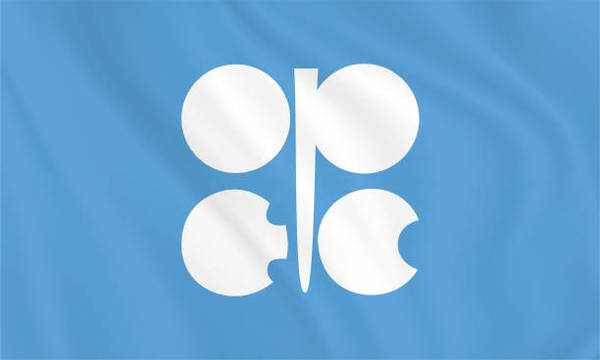There is no peak oil demand on the horizon – OPEC
The Organisation of the Petroleum Exporting Countries (OPEC) has highlighted in its latest World Oil Outlook (WOO) 2024 report that peak oil demand is unlikely in the foreseeable future.
 PHOTO: The logo of OPEC. Getty Images
PHOTO: The logo of OPEC. Getty Images
Although the shift towards renewable energy sources continues to be a topic of priority, OPEC has projected that global oil demand will see a substantial growth of 120 million b/d by 2050, driven by non-OECD countries including India and China.
The Vienna-headquartered group sees global oil demand to surge by 10.1 million b/d between 2023 and 2029 to reach 112.3 million b/d. Over this period, oil demand in the non-OECD region is projected to increase by a “healthy” 9.6 million b/d to reach 66.2 million b/d, while demand in the OECD group of developed countries is expected to be around 46 million b/d, OPEC said.
“The role of India, Other Asia, Africa and the Middle East as the key sources of incremental [oil] demand in the coming years,” OPEC said. The combined demand in these four non-OECD regions is projected to increase by 22 million b/d between 2023 and 2050.
India alone is expected to add 8 million b/d to its oil demand between 2023 and 2050, according to the report. China’s oil demand is projected to increase by 2.5 million b/d during the same period.
“There is no peak oil demand on the horizon,” OPEC’s secretary general Haitham Al Ghais remarked. “What the Outlook underscores is that the fantasy of phasing out oil and gas bears no relation to fact,” he added.
Supply projections
Total liquid fuels supply from OPEC members within the Declaration of Cooperation (DoC) is projected to grow from 50.3 million b/d in 2023 to 53.8 million b/d in 2029 and rise to 62.9 million b/d by 2050, OPEC said.
“This means that the DoC’s share in global liquids supply increases from 49% in 2023 to 52% in 2050,” the Saudi Arabia-led oil producers’ group said.
Non-DoC liquids production is expected to grow from 51.7 million b/d in 2023 to 58.8 million b/d in 2029. The biggest source of non-DoC production growth is the US, “where total output is set to rise by 2.3 mb/d in the 2023–2029 period, or from 20.9 mb/d to 23.2 mb/d,” OPEC said.
The coalition expects the oil supply to peak in the US in 2030 and decline gradually later on as shale oil production falls.
The DoC comprises the core 12 OPEC member countries, along with Azerbaijan, Bahrain, Brunei, Kazakhstan, Malaysia, Mexico, Oman, Russia, and Sudan. Together, these countries form the group, also commonly known as OPEC+.
Leading non-DOC producers include the US, Canada, Brazil, Qatar, Norway and Argentina.
By Aparupa Mazumder
Please get in touch with comments or additional info to news@engine.online





